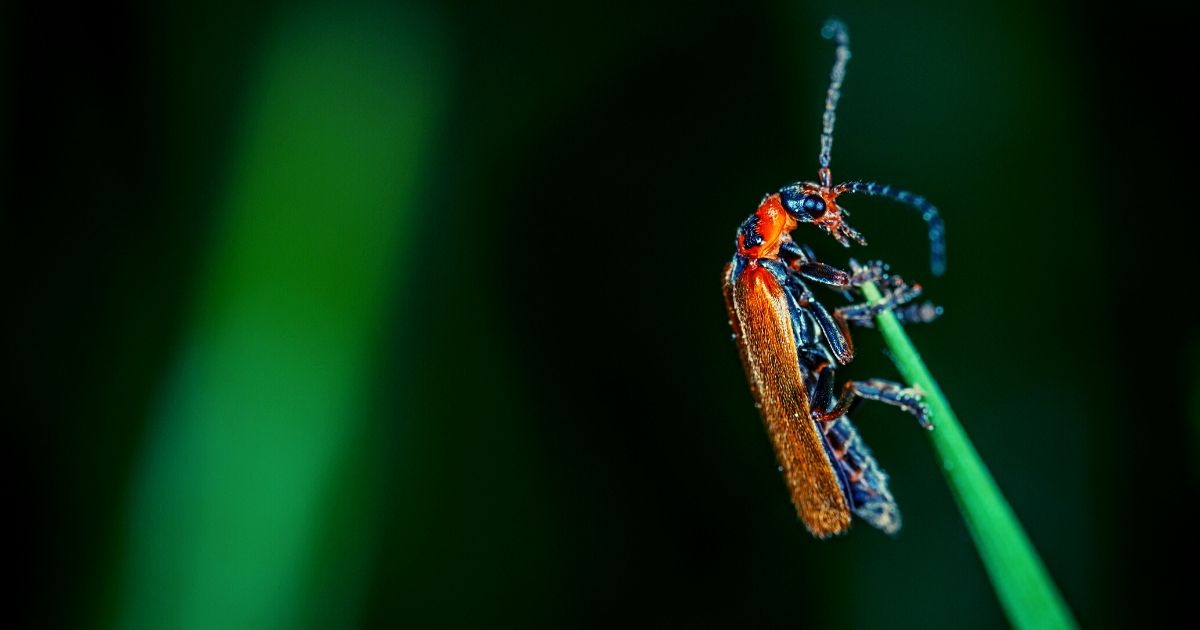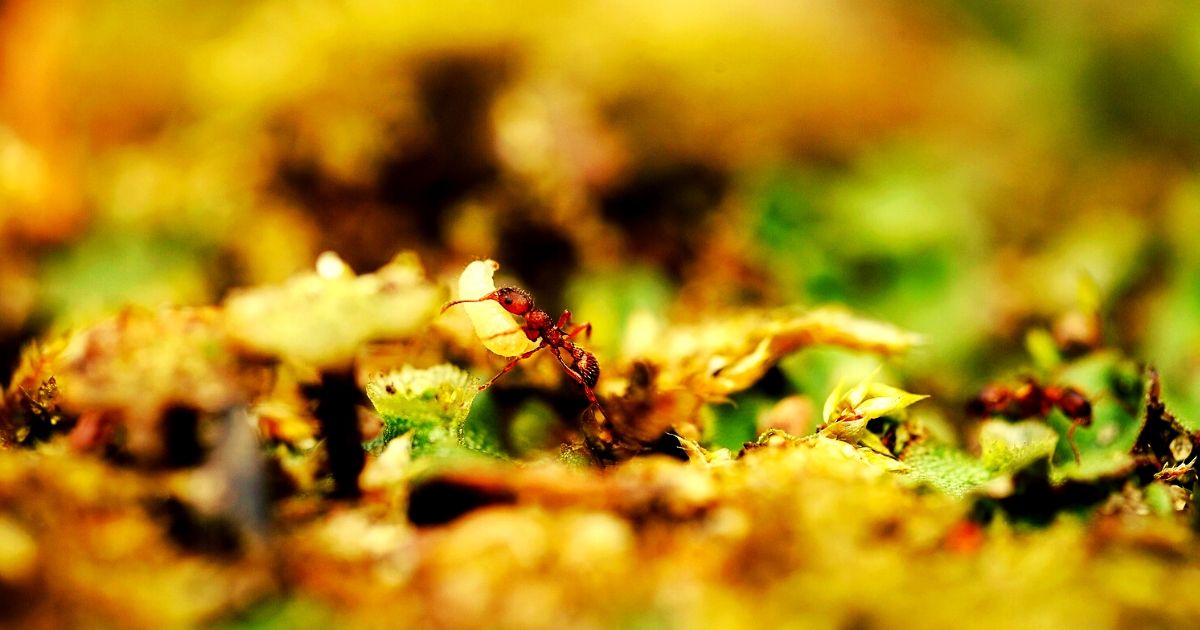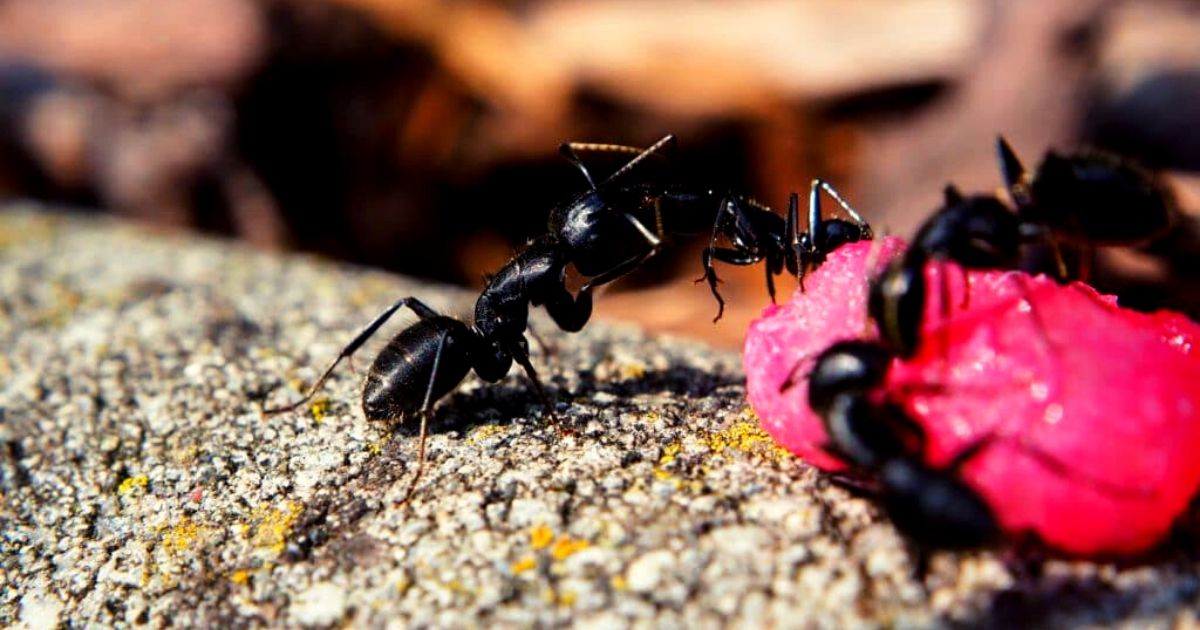The Complete Guide to Flying Ants Treatment and Prevention in Singapore
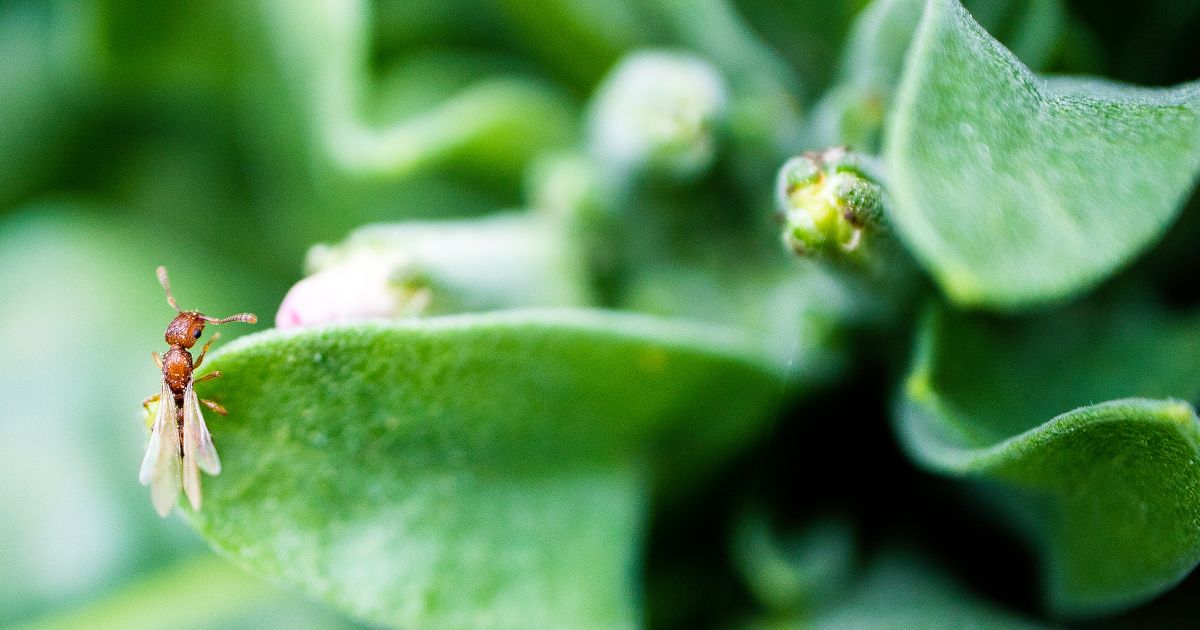
Flying ants can be occasionally seen in Singapore’s tropical climate, especially during the warm days of the rainy season. These ants are not dangerous for humans or pets, but their swarms can annoy homeowners. Understanding their behaviour and treatment methods can help you to effectively get rid of and prevent flying ants at your home.
Can Ants Fly?
Not all ants have wings and can fly, but all species of ants have flying “types” of ants within their colony. Flying ants, also called “alates”, are usually the reproductive members of the colony that develop wings during their mating period. When the colony is ready to expand, these flying ants emerge to mate and establish new colonies.
What Do Flying Ants Look Like?
Flying ants are typically black or brown with slender bodies. They look similar to winged termites, but some distinct features that can help you tell them apart. Unlike termites, ants have two pairs of wings that differ in size: large forewings and small back wings. Their bent antennae and narrow waist differentiate them from termites.
Want to find out more about ant control in Singapore?
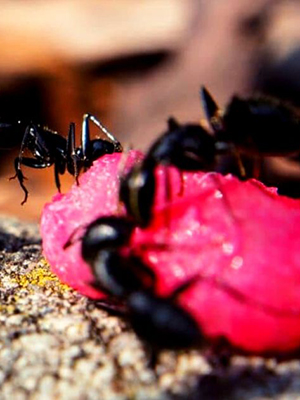
Why Do These Ants Fly?
Flying ants’ primary purpose is to reproduce and establish new colonies. It is an important part of the ants’ lifecycle. During warm and humid days, flying ants take flight in swarms to mate. Usually, the male flying ants die immediately after mating, and the fertilized females, known as queens, land to start new colonies.
Are Flying Ants Dangerous?
Generally, flying ants are not harmful to humans or pets. If a species of ants doesn’t bite or sting, their flying alates won’t bite or sting either. And if they do, it’s highly unlikely that alates will bite or sting you while flying.
However, when flying ants swarm in large numbers, they can still be intimidating or annoying to people and their presence may indicate an underlying ant infestation. Also, on rare occasions, people may experience allergic reactions to ant bites.
What Causes Flying Ants in Your House?
If you notice the sudden appearance of flying ants, it often indicates the presence of an established ant colony nearby. These colonies can exist in different locations, including the ground, structure of buildings or trees.
Usually, their emergence is triggered by favourable environmental conditions, such as temperature, humidity, and daylight hours. Several factors can attract flying ants to your house, including:
- Lights – you can notice flying ants swarming near windows, doors, or outdoor lights.
- Food sources – if you have any food or sugary drinks out, it will attract flying ants.
- Cracks in walls or foundations can also help flying ants find their way into homes.
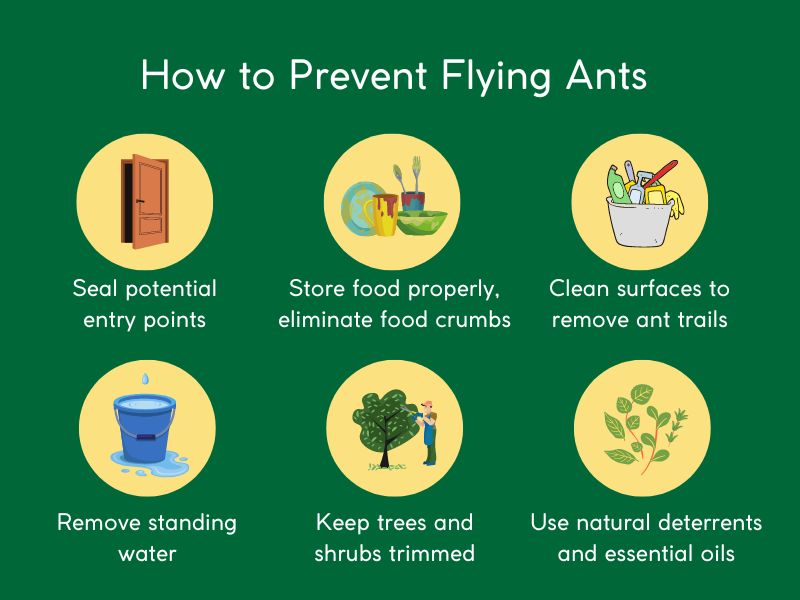
How to Prevent Flying Ants at Your Home
Depending on the species, flying ants can cause serious damage to your house and property. Here are some ways to prevent flying ants at your home:
Seal Entry Points: Make sure all cracks, gaps, and openings in walls, windows, and doors are sealed so that flying ants can’t get inside your home.
Store Food Properly: Ensure that all food is sealed and stored properly, and eliminate food crumbs or spills that can attract ants.
Maintain Cleanliness: Regularly clean surfaces to remove any ant trails.
Remove Standing Water: Address any moisture issues as flying ants are drawn to damp areas.
Trim Vegetation: Keep trees and shrubs trimmed away from your home to reduce entry points for ants.
Use Essential Oils. Some natural deterrents and essential oils with strong scents can draw the flying ants away from your house.
Ways to Get Rid of Flying Ants
If you are seeing flying ants in your house, there are a few things you can do to get rid of them.
- Vacuum up the flying ants and get the vacuum bag out of the house, so that they can’t find their way back.
- Try using fly traps to eradicate the flying ants inside your home.
- Use pesticides or natural ant control remedies, like mixing dish soap and peppermint oil. This will help you to get rid of flying and crawling ants.
- Find the ant colony by following the trail of ants to their origin place and try to get rid of it.
Pro Tip: Besides handling the flying ants themselves, it is also important to find and remove their source (colony).
By following these steps and knowing when to seek professional help, homeowners can reduce the presence of flying ants in their homes.
When to Call a Professional Pest Control Company
If you can’t get rid of flying ants, or if you have a severe infestation or persistent problems, consider contacting a professional pest control company. Trained experts can assess the situation, identify the source of the infestation, provide targeted treatments, and offer long-term solutions to prevent future infestations.

Pest Problem? Let Us Help.
We offer fast and effective precision treatments to eliminate pests while ensuring a safe environment for your home or business.
Author: Soleha Nisaa
Frequently Asked Questions
Some species of flying ants can bite, but it’s very rare for them to do so. They are usually a nuisance due to their presence rather than their biting behavior.
In most cases, the presence of flying ants isn’t a cause for serious concern. Their appearance is often a natural part of the ant life cycle. However, their sudden swarming can indicate the presence of an underlying ant infestation.
Flying ants in Singapore are often seen during specific periods, typically warm and humid days. However, their appearance can also depend on various environmental factors and the presence of established ant colonies nearby.
Flying ants themselves do not cause structural damage to buildings or property. However, if they establish new colonies inside structures, this can potentially lead to minor structural issues if left unaddressed.


